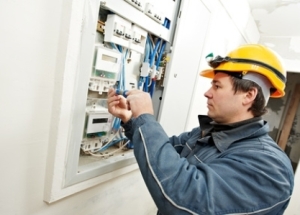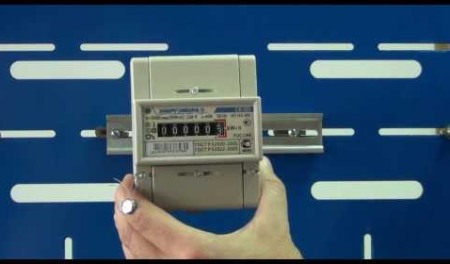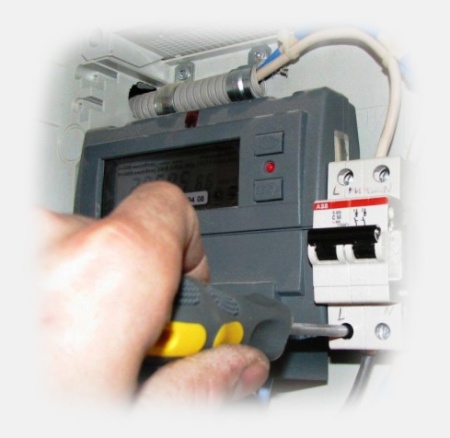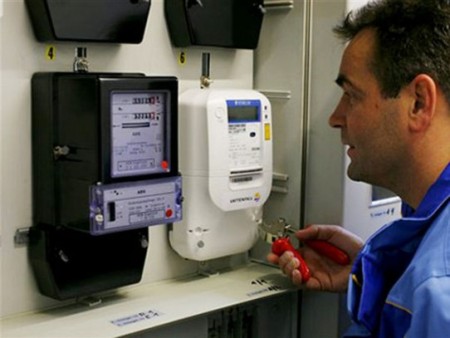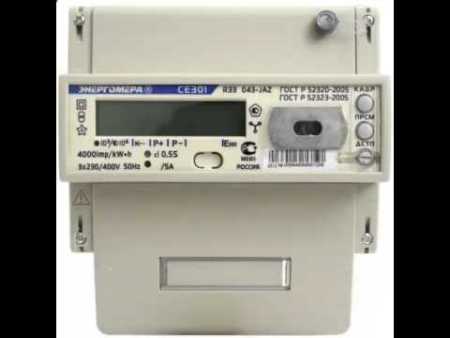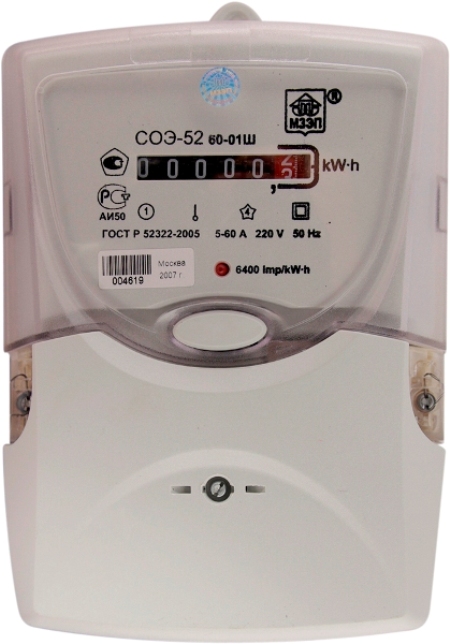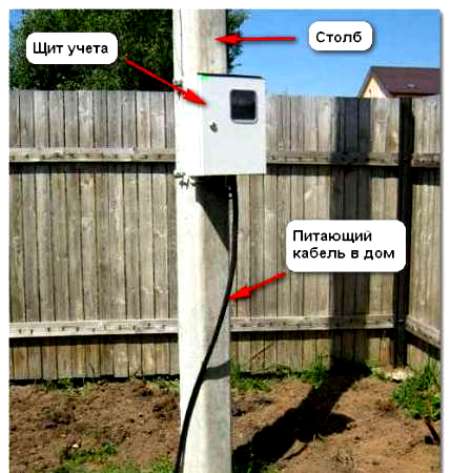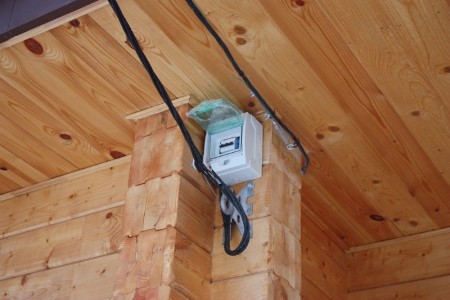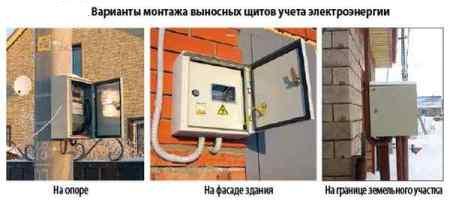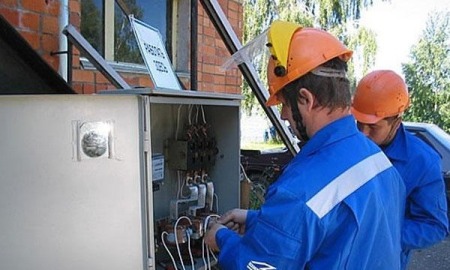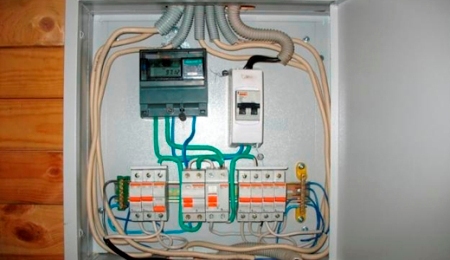In the modern world it is not possible to imagine a person who does not use electricity. Companies supplying electricity to private individuals and enterprises comprehensively monitor its filing and costs. In the process of work, consumers and suppliers have a lot of questions, the solution of which can not be delayed in the long run.
Content
How is the spent electricity monitored?
Accounting for the expense of the supplier companies is carried out using electricity meters. Quite often, consumers have questions: why change the working counter and whether it should be done? Why is the meter being replaced? How much does the electricity meter change? What does a systematic check of the meter reveal? There are many controversial opinions on these issues. In order to deal with them, you need to resort to benefits that contain instructions for using devices that make electrical measurements.
Recently, the verification of the electrical meter has become an obligatory procedure for everyone, regardless of who the owner is: a private person or a representative of a small, medium or large business. Frequent increases in the cost of electricity led to the need for the entry into force of a local system that takes into account and controls the amount of electricity consumed. A certain time ago, the law came into force that all users of electricity must make a replacement for outdated models of electricity meters for meters of the latest generation. The instructions to the latter stipulate that they are subject to mandatory, regular inspection and systematic replacement.
There are several types of counters. For each of them, a certain time is designated, during which the data taken from it can be considered error-free and correct. For example, a measuring instrument with mechanical disks will last for 8 years, and measuring instruments of modern format - about 16 years.
Who should change the electricity meter
Information specified in the law states: the replacement of the counter should be handled by its owner. To do this, you need to contact the standardization center and specify the day in which you can deliver the device for reading and verification. In cases where there are doubts about the correctness of the testimony, verification can be carried out earlier than the dates specified in the technical instruction. Before contacting the standardization department, you must:
- check for how much the installation of electrical wiring was performed,
- call a sales person who will legalize the delivery of the meter for verification,
- prepare receipts indicating the absence of debts for the use of electricity.
Checking earlier than the expiration of the dates specified in the documentation can be performed in other situations:
- in case of loss of documentation by the user issued at the last check,
- in cases where the meter was adjusted or repaired,
- in cases where the consumer wishes to install another electrical meter.
For the majority, a routine check is difficult, because the order of the metrological services says: the use of a counter of the old format is categorically not permissible. In such a situation, all users are obliged to follow the letter of the law and to replace old-type meters in a mandatory manner.
Force to change the electricity meter
This can happen in the following situations:
- when the rotation of the disk occurs unevenly or irregularly,
- when the device has problems with the operation of the indicator or display,
- when the case of the device is deformed or damaged,
- when there is no sealing on the device.
At whose expense the electric meter is changed
If the results of the check indicate a malfunction of the meter, then its subsequent use is stopped and the choice and purchase of a new one are planned. At purchase it is necessary to know, that counters are qualified on the categories of accuracy. Accuracy implies the maximum acceptable number of fluctuations in the data from the actual amount of electricity consumed. For example: a device having a second discharge, allows a fluctuation of readings from 98 W to 102 W, with 100 W of electricity consumed. Such readings are considered correct for this model.
The most commonly purchased meters are the following:
SOLO
The replacement of the electrical appliance must be performed by an employee specializing in the field. Replacement made by own hand, can negatively affect health and life as a whole. The choice and purchase of the electrical appliance is carried out independently, and the specialist worker, apart from the installation, examines the wiring and, if there are damages, skillfully eliminates them.
Acquisition of electrical equipment is best done in a specialized organization. They buy the devices directly from the manufacturing plants. The goods bought in such an organization are guaranteed to be of proper quality and, in addition, to comply with generally accepted norms and standards.
Organizations of this kind, in addition to performing a robot to assemble the products purchased from them, will issue a sheet with a guarantee of a quality installation, as well as a guarantee for the product itself.
Taking into account all the above, the conclusion suggests: checking and replacing the meter in the non-operating state can not be avoided. When the user does not bring a measuring meter for verification, standardization employees visit him and stop the evasion of the adopted statute. There is no point in avoiding and waiting for the visit of the electric supervision. A timely verification will give full confidence in the accuracy and reliability of the equipment used. In addition, users will have a hundred percent certainty that the amount that is paid each month for electricity is equal to the amount for the actually used number of watts.
The location of the electricity meter
Electro-surveillance personnel do not have the right to mount the meter from the outside of the building. Such mounting will not provide the full conditions of use and will not prevent unauthorized access to the device. Recommendations of this kind should be considered not professional. The only case when it is possible to implement such a mounting is the technical prescriptions.
Each owner of the residential area has the full right to specify the location of the installation. All suggestions sounded by the installation staff of the type: here it will be more convenient to take readings and serve, or let's put it on the street, you have to categorically deny that they are inappropriate. The installation of an electricity meter in a private house must be carried out in accordance with the wishes of its owner. If all the same problematic issues on this topic can not be avoided, the owner has every right to insist that employees establish a "smart meter" for the means of electro-supervision. It makes it possible to take readings from a distance. In addition, the owner has the right to demand to show the normative documentation confirming the mandatory installation outside the building.
Documents for installing an electricity meter
For the installation of the electric meter, the most important document is the contract with the organization providing power supply. It is made between the organization and the consumer. It clearly specifies all duties and rights between the parties. Quite a frequent phenomenon on the part of the consumer: the signing of documentation without due and careful familiarization with it.
Such a state of affairs may cause the consumer to disregard and tactless appeal to the rules of use, non-observance of the conditions stipulated in the contract. This will inevitably lead to penalties and the completion of electricity supplies. Each consumer who signs such a document must carefully read and take into account all the points and sub-items, requirements, conditions, powers, etc., specified in this agreement.
Installation of a meter in a private house
The installation of each meter should be carried out in a clean and waterproof place where the temperature in winter time does not reach 0 C, have around it a certain area, which makes it possible to carry out a full-fledged check and identification of malfunctions, their elimination as necessary and recording of indications. Mounting the device can be done on a surface of plastic, wood or metal.
The distance from the floor to the meter should be at least 1 meter and not more than 1.7 m. If the location assumes the formation of mechanical faults or the penetration of a variety of small and not very debris, then there is a need for a small locker around the counter. It will close the device and help avoid such problems.
The cabinet should be slightly larger than the electric counter. If necessary, it can be extracted and submitted for verification or replaced.


